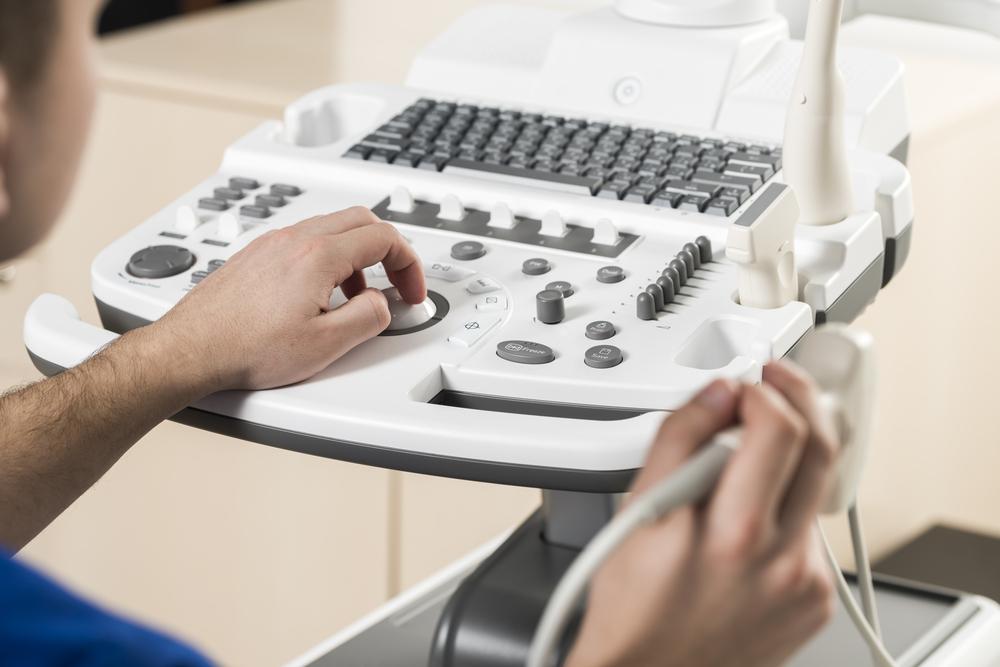Article
Deltoid Ultrasound Could Help Detect Type 2 Diabetes
A study presented at RSNA 2021 suggests sonographic quantitative assessment of the deltoid muscle could provide a simple and noninvasive screening method for detection of type 2 diabetes.
This article was originally published on DiagnosticImaging.com.

Performing a quantitative assessment of the deltoid muscle by ultrasound could accurately detect type 2 diabetes, according to a study presented at the Radiological Society of North America (RSNA) 2021 Annual Meeting.
“Following further studies, this process could translate into a dedicated, simple and noninvasive screening method to detect type 2 diabetes,” the authors wrote. The process could help identify “some of the 232 million undiagnosed persons globally and could prove especially beneficial in screening of underserved and underrepresented communities.”
The findings were presented by Steven Bishoy Soliman, DO, RMSK, a musculoskeletal radiologist at Henry Ford Hospital & Health System in Michigan.
A previous study by Soliman that included 137 patients found that the ultrasound appearance of the deltoid muscle in patients with diabetes differed from that in patients with obesity but without diabetes. In the latest study the researchers aimed to evaluate if the sonographic quantitative assessment of the deltoid muscle can be used to detect type 2 diabetes.
In the study, deltoid muscle ultrasound images from 124 patients were independently reviewed by three musculoskeletal radiologists. Patients were categorized as the following: obese type 2 diabetes, non-obese type 2 diabetes, obese non-type 2 diabetes, and non-obese non-type 2 diabetes, with 31 images in each category. The radiologists, who were blinded to the patient’s category, measured the grayscale pixel intensity of the deltoid muscle and humeral cortex to calculate a muscle/bone ratio for each patient. Over three weeks, the radiologists repeated measurements on a random 40 patients. Patient age, gender, race, body mass index, insulin usage and hemoglobin A1c level were analyzed and the difference among the four groups was compared. Inter- and intra-radiologist variability or agreement were also assessed
The results showed a statistically significant difference in muscle/bone ratios between the groups with the average ratios as follows: obese type 2 diabetes, 0.54 (P < .001); non-obese type 2 diabetes, 0.48 (P < .001); obese non- type 2 diabetes, 0.42 (P = .03); and non-obese non- type 2 diabetes, 0.35.
Further, excellent inter-observer agreement (ICC 0.87) and intra-observer agreements (ICC 0.92, 0.95, and 0.94) were found. The sensitivity for detecting type 2 diabetes was 80% with a specificity of 63%.
“Quantitative deltoid muscle ultrasound can detect type 2 diabetes with the potential for a highly sensitive noninvasive screening method,” the authors wrote.
For more coverage of RSNA 2021 from Diagnostic Imaging, click here.




